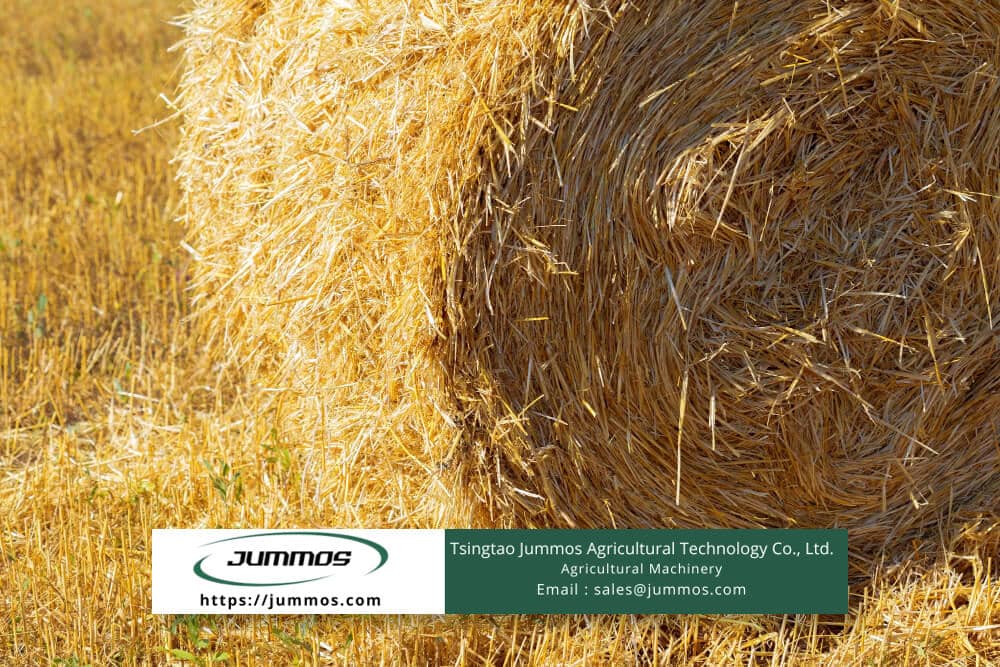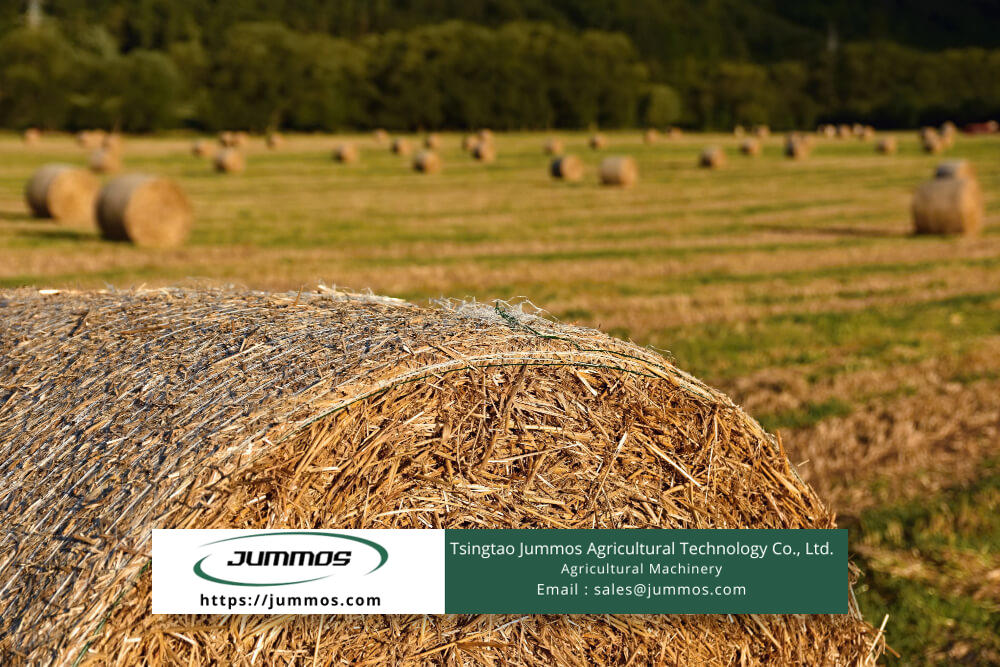
Miscanthus as a perennial grass has a special position in humans’ hearts. Agriculture might be the main sector that needs it. However, it is developed for biofuels also. It gives a big hope for humans to have a new source of energy. It is targeted to reach 36 billion gallons of production. The other materials for biofuels like switchgrass and corn stover are easier to harvest. The big challenge in harvesting miscanthus is the size and the texture of the skin surface.
Contents
Harvesting Miscanthus Method
Because of the challenging process, the budget needed is higher than the usual crops’ harvests. It led the observers to observe the fields and catch the possibility of cutting the cost off. The observation was also to find out the possibility of making biofeed from the perennial grass.
The observers then seriously made the comparison between the old methods and the new methods. They took the data on all the aspects of the harvesting process including the storage and baling process. The data includes the machine or tools used (the electricity needed and the labour needed), the capacity, and the wrapping (the machine, the film and the storage). The result shows that the flail conditioning technique was better than roll conditioning. Almost all aspects of the flail conditioning technique show better and more effective.
Biofuel from Miscanthus
Maybe some people don’t know, but actually, miscanthus already supports electricity generation, heat and bedding. This has been developed in some countries. The big production is mostly in England. However, Germany, France, Hungary, Italy and Spain also started producing in high numbers.
In 2001, the US conducted research on this subject initially at the University of Illinois. Soon after that, many universities conducted research on the same major to continue. Asian countries like China and Japan also do the same. They started to develop the technology and gather the experts to deal with this.
Cultivating Miscanthus
Miscanthus is flexible. The best is well-drained, but it can tolerate many extreme conditions like frequent flooding. On unsuitable soil, the yields are not as much as usual. However, the lowest yields of this grass still can compete with the others.
When entering the business world and talking about achieving production targets, the proper field has to be provided. Clients will not receive reasons like the unsuitable soil and unconditional environment. So, first of all, provide the proper soil.
It is suggested to plant on a clean field. In order to avoid too much harvest residue, you can plant the grass following soybeans. This can help to empty the soil from a bunch of weed seeds. Planting other plants along with this grass is not a bad idea.
Besides being able to help clear weeds, that plant can also help to overcome several seasons. Can the other grains help? The answer is yes. Most of the grain plants have that capability. They also help to deal with winter by protecting the soil. In spring, this plant can suppress weeds. Viewed from some different points of view, planting together with grains is a good mutualism. However, the weeds in the spring might be stronger.
Relying on cover crops may not be enough to overcome. To complete weed eradication, farmers can use herbicides. It is better to do weed eradication before planting so that at least the plants can be protected during their early growth period.
The next will be tilling the soil. The best depth is around 6 to 7 inches. This has to be done before the planting session. The area that must be tilled could be the entire field. However, if you use manual tools and require human labour, it is best to only plant the area that will be planted. It will save a lot of energy and cost.
Fertilizer for Miscanthus Cultivation
Miscanthus is a perennial grass which has a high growth capacity. Using fertilizer to support crop yields has not been proven to be true. For other plants, this could be effective. However, this strong and tough grass even can survive in extreme conditions. What has been clearly proven to increase crop yields is the condition of the soil.
It can be derived that to increase productivity, focus on the soil rather than fertilizer support. It leads to preparation. Allocate this section to the tilling and soil preparation. Follow all the steps carefully. Make sure the depth is proper. But if the soil is not supported, there is hope for the environmental condition, for example the temperature. A good temperature could turn the position and make a balance between soil and temperature.
Controlling the Outside Disturbance in Miscanthus Cultivation
In the beginning of cultivation, the weed has been eradicated with the help of the herbicide and grain plant. In the middle of the cultivation, the weed could grow again after the effect of the herbicide vanished. Reapplication is needed to suppress the weed’s growth. You need to check the possibility of the new growing weed, then you can do the reapplication.
However, the disturbance is not only weeds but also small animals that are likely to come and ruin the plant. Due to this, you might need to apply insecticide. The use of this insecticide depends on the number of pests attacking. If there weren’t so many pests, it would be okay not to use it at all. However, if it is disturbing so much and even threatens the growth, the farmers have to deal with it immediately.
Baling, Wrapping and Storage

For more effective biomass energy production, the storage of the materials is important. To protect the crop from outside disturbance, it can be baled with Jummos machinery products. We provide sophisticated baling and wrapping machines at competitive prices. We also provide the films and net wrap that you need to protect the crop.
Besides the term of protecting the crop, baling is also beneficial for maximizing storage. With proper shape, managing the storage will not be a problem anymore. Any area can be used as long as the calculation is right. This also makes it easier to move to different places. Bale your miscanthus for biomass energy with Jummos baler and wrapper machines.
